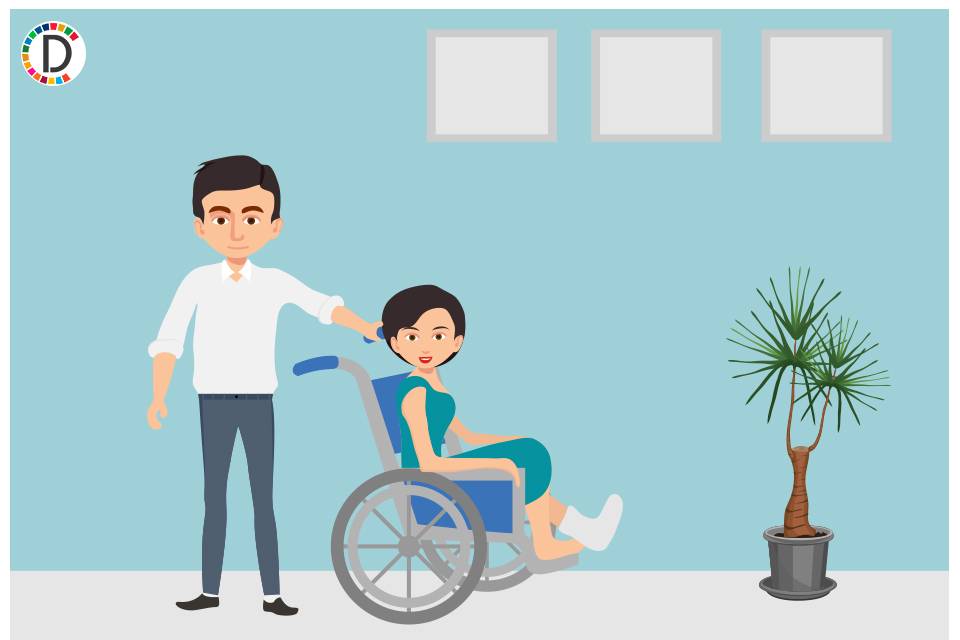The Rise and Risks of Buy Now, Pay Later in the Shopping Landscape
As Amazon's Prime Day marks the beginning of holiday shopping, projections indicate U.S. consumers will spend $18.5 billion using Buy Now, Pay Later (BNPL) services in the year's final quarter. BNPL has gained popularity during the pandemic, with Affirm and Klarna leading, but concerns about debt remain.

U.S. consumers are anticipated to spend a record $18.5 billion using Buy Now, Pay Later (BNPL) services during the final quarter of the year, according to data by Adobe Analytics. The increase is part of a broader trend of growing BNPL usage, sparked by the pandemic's push towards online shopping, which reached $75 billion in 2023, up 14.3% from the previous year.
BNPL providers such as Affirm and Klarna expand consumer buying power by offering installment-based payment solutions. While many BNPL lenders don't report data to credit agencies, industry figures show less than a 2% delinquency rate, significantly lower than the nearly 9% rate seen with credit cards, according to the Financial Technology Association.
Despite these statistics, regulatory concerns persist due to BNPL's potential to obscure consumer debt. A report by the CFPB in 2022 highlighted the risks, noting that most BNPL users with revolving card balances have lower credit scores. This has led to new consumer protection mandates, prompting lenders to investigate disputes and refund returns, though they still aren't required to verify a consumer's loan repayment ability.
(With inputs from agencies.)
ALSO READ
French debt risk premium drops as Macron says he will appoint new prime minister
French debt risk premium drops as Macron says he will appoint new prime minister
BGT: Assistant coach ten Doeschate picks player with very "high ceiling," affirms India won't surrender on Day 2
French debt risk premiums drop on budget hopes in broad convergence move
Gujarat CM Bhupendra Patel inaugurates 'Ravi Krishi Mahotsav 2024', affirms commitment for farmers










